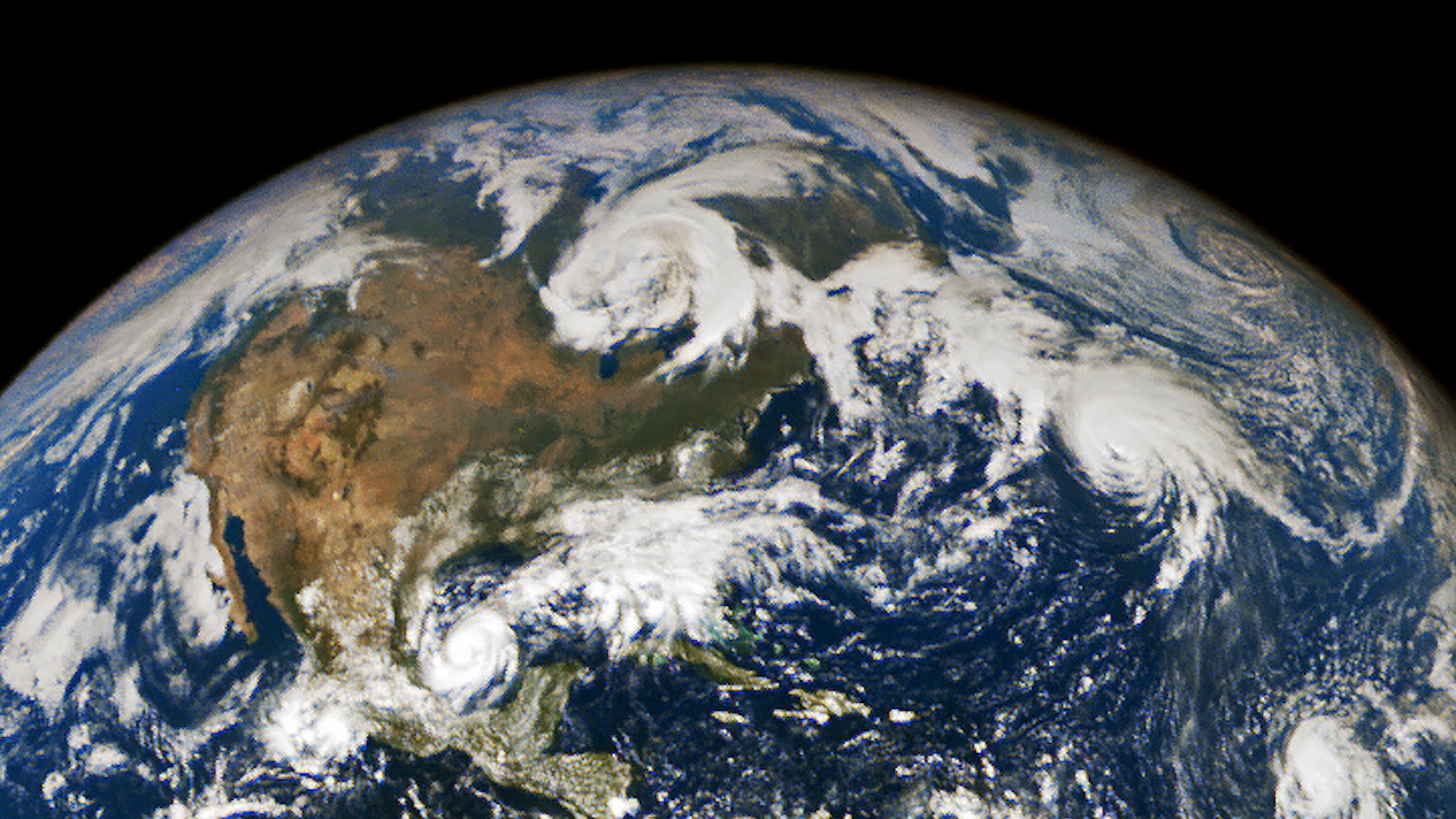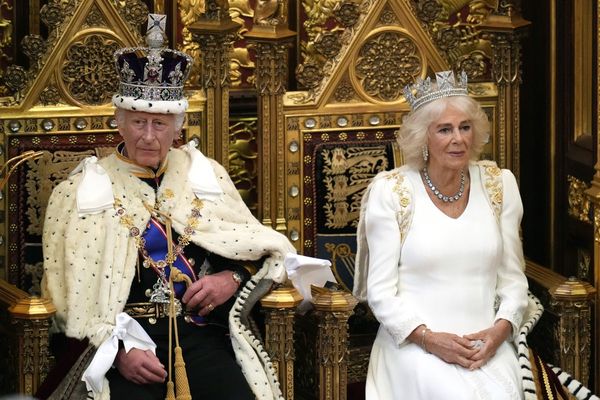
If you were to imagine all of Earth's history as just one day, as in Carl Sagan's cosmic calendar, humans wouldn't arrive until the last few seconds before midnight. A few hundred thousand years of our species amounts to only a tiny fraction of our planet's past. So how old is our planet, and how do we even know its age?
Earth formed about 4.54 billion years ago, about 10 million years after the solar system was born. After a gigantic cloud of gas collapsed to make the sun, bits of that cloud were left over to make planets.
"I like to think of early solar systems like a pizza," said Mark Popinchalk, an astronomer at the American Museum of Natural History and New York University. "If the gas cloud the star forms out of is a ball of dough, it might start out like a blob, but it will have some initial spin. The star will form out of 99% of that 'dough,' but the rest still has that spin — and, given enough time, it will flatten out like a pizza around the star. It's from that 1% of the 'dough' that all the planets are formed."
Baby Earth, however, was nothing like the lush, green world we know today. Right when it formed, it was still molten from the collisions that created it. The heavier bits, like iron, sank to make the core of our planet, and the lighter elements bubbled up to the surface. Eventually, this led to a layered Earth with a core, mantle and crust.
Related: How long will Earth exist?
Once the solar system calmed down and fewer asteroids were smacking into Earth, the oceans formed and life popped up almost immediately. "While humans couldn't exist for much of Earth's history, cellular life has an uninterrupted streak going for about 3.5 billion years," Popinchalk said. (New research shows that number may even be bigger, as long ago as 4.2 billion years!)
We owe our knowledge of this timeline to the literal ground we stand on; rocks are the key to determining the age of Earth and what it was like in the past. With a process known as radiometric dating, scientists can use the amounts of different radioactive elements to determine how old a rock is. Earth rocks can be tricky, though, because "Earth is an active, busy place," Popinchalk said. "Volcanoes, weathering and geologic processes mean that it's difficult to find rocks from when the Earth formed."
The moon, however, formed from a collision with our planet in its infancy, and it doesn't have pesky plate tectonics like Earth does. Samples of moon rocks from the Apollo era have helped refine our planet's age estimate, and new samples from missions like Chang'e 5 are adding to our understanding of the moon's history.
For nearby planets like Mars, we can send a rover to pick up rocks and analyze them to determine their age. But how do we determine the ages of planets around other stars, which are way too far for us to travel to?
"The best way to learn about planets around other stars is actually just to study the star itself," Popinchalk said. "I specialize in guessing the age of a star by looking at how quickly it is spinning. Young stars spin fast; old stars spin slow. If I can measure the spin rate of a planet-hosting star, I can estimate the age of the star and use a similar number for the planet."
As we discover and characterize new worlds beyond our solar system, we're learning more about the details of how planets form, which will help us understand the history of our own planet even better.







